By Farah Saidin
The four gospels have been distributed widely and their accounts have been read and interpreted globally by Christians from different denominations through different textual aids.This article examines one such aid, a cross-referencing created in late antiquity: the Eusebian apparatus (O’Loughlin 2010; Crawford 2019). It explores its history by focusing on the decorations of the prefatory pages of the T’oros Roslin Gospels (The Walters Art Museum, MS W.539) – an Armenian manuscript produced c. AD 1262, wherein the canon tables and Eusebius’ letter to Carpianus, translated into the Armenian language, are decorated with architectural structures, flora and fauna (Figs. 1–6). Drawing on Jaś Elsner characterization of the codex as a “performative technology of liturgy” (2020: 101), I argue that the prefatory pages the T’oros Roslin Gospels can be interpreted as elements that mirror the movement of the body across sacred space. Moreover, as paratexts, that are outside of the main body of the text, the letter to Carpianus and canon tables with their architectural decorations present the viewer with a liminal space that sets the foundations for worship and contemplation.
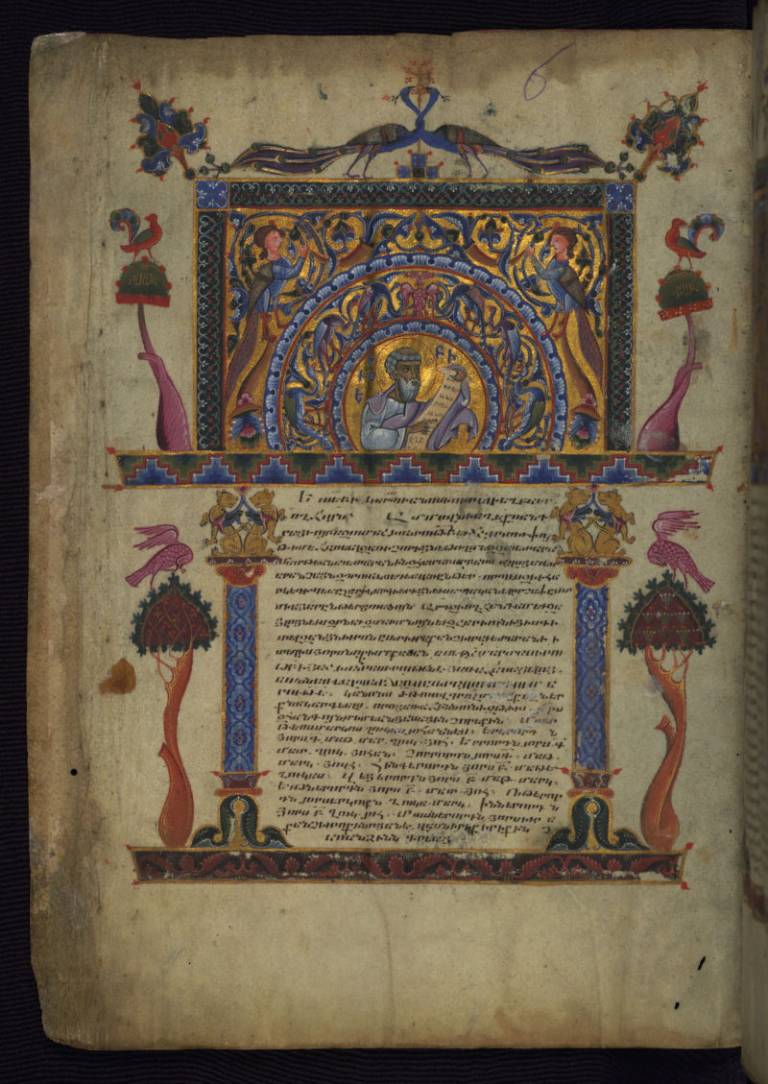
Fig. 1. Letter of Eusebius to Carpianus, Illuminated page in T’oros Roslin Gospels, c.1262, Baltimore, The Walters Art Museum, Walters MS. W.539, fol. 1v (Photo: Walters Art Museum)
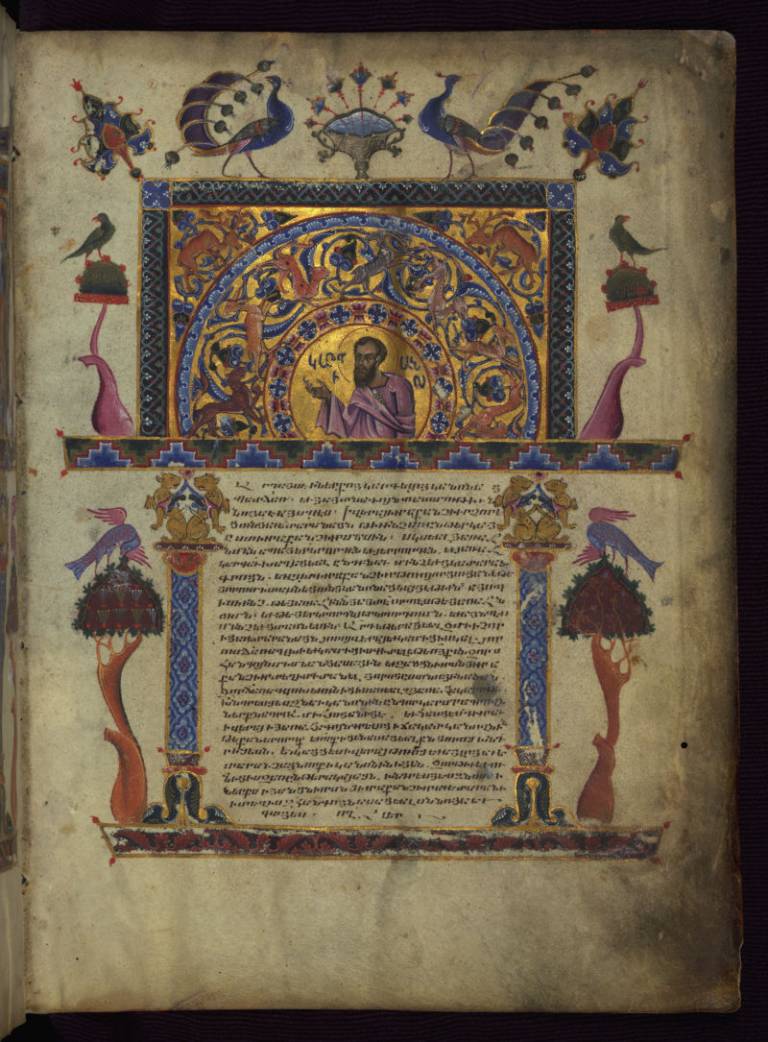
Fig. 2. Letter of Eusebius to Carpianus, Illuminated page in T’oros Roslin Gospels, c.1262, Baltimore, The Walters Art Museum, Walters MS. W.539, fol. 2r (Photo: Walters Art Museum)
The canon tables were invented by Eusebius of Caesarea (c. AD 260–340), who divided the four gospels into sections before sorting them into “canons,” ranging from I to X, that indicate parallels amongst their narratives (Crawford 2019: 2–3). Since its creation, this system has been appropriated many times over by different manuscript cultures, including the Armenian, as showcased by the T’oros Roslin Gospels. This manuscript is illustrated throughout with some full-page miniatures and intricate illuminations embellished with gold. The sheer wealth of its decoration suggests that the scriptures within it were not ornamented merely for aesthetic reasons (Mathews and Taylor 2001: 15).
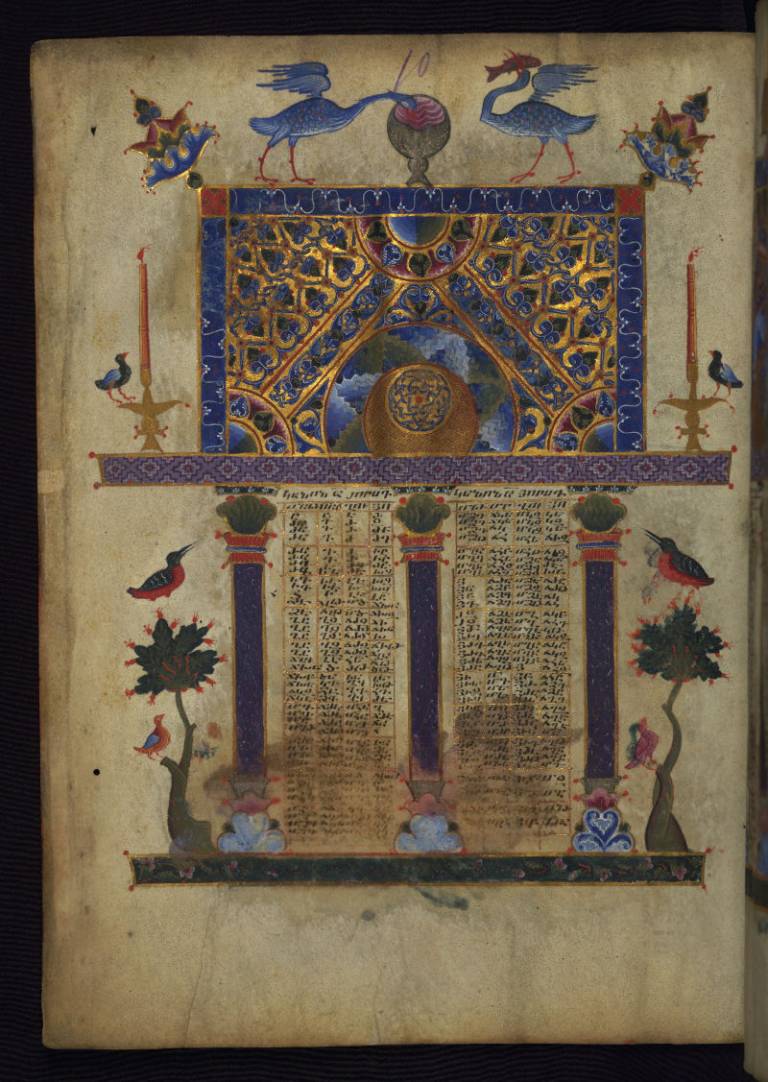
Fig. 3. Canon Table I, Illuminated page in T’oros Roslin Gospels, c.1262, Baltimore, The Walters Art Museum, Walters MS. W.539, fol. 3v (Photo: Walters Art Museum)
The text of the Eusebian apparatus in the T’oros Roslin Gospels is encased in ornate architectural structures formed by pairs of columns surmounted by a rectangular tympanum-like panels. The first two folios feature a copy of the letter by Eusebius to Carpianus split equally between them (Der Nersessian, Landau and van Lint n.d.). The letter provides instructions for using the canon tables that follow. Two men are pictured in the rectangular panels above the epistle: Eusebius on folio 1v (Fig. 1) and Carpianus on folio 2r (Fig. 2). Eusebius points to a scroll in his hand (his letter) and turns his gaze to the right, whilst Carpianus turns towards the left. Since these two pages are seen side by side when the book is opened, the position of the two figures evokes a pedagogical dialogue between them (Crawford 2019: 27). This visualisation of Eusebius’ explanation to Carpianus mimics the process by which the viewer will comprehend the function of the canon tables through the act of reading the letter itself.
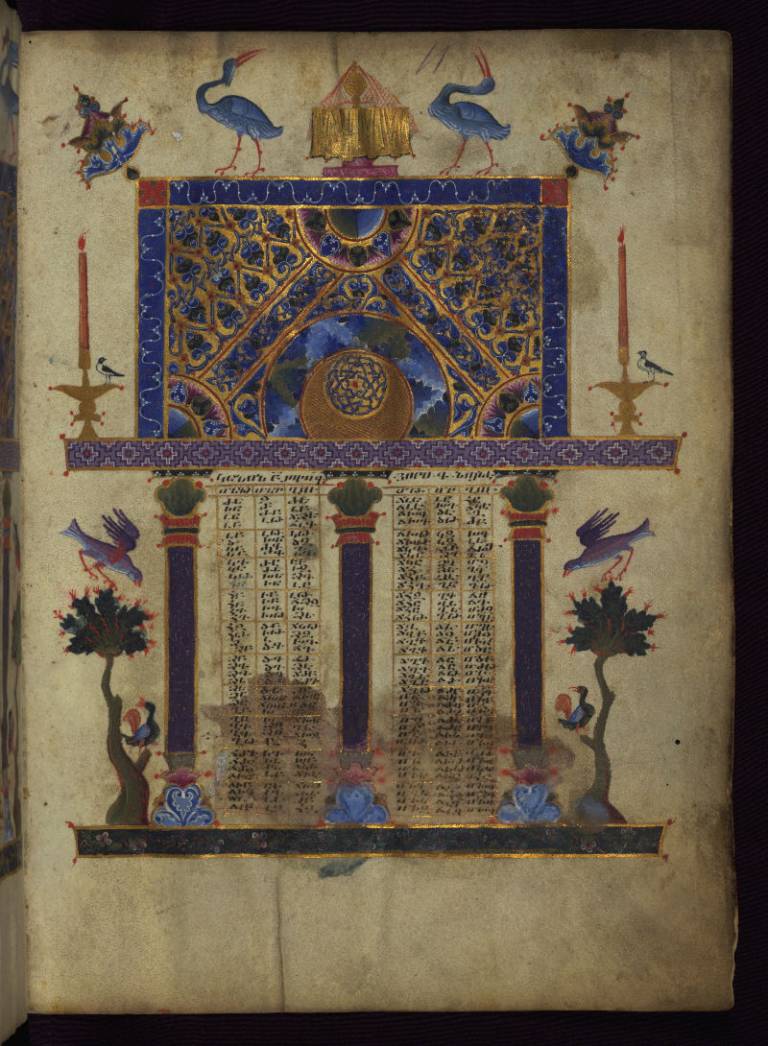
Fig. 4. Canon Table II, Illuminated page in T’oros Roslin Gospels, c.1262, Baltimore, The Walters Art Museum, Walters MS. W.539, fol. 4r (Photo: Walters Art Museum)
A variety of flowers and birds adorn the prefatory pages of the T’oros Roslin Gospels. For example, the two folios following the epistle to Carpianus, showing Canon I (Fig. 3) and Canon II (Fig. 4), are surrounded by a group of birds that includes two kingfishers; while folios 5v (Fig. 5) and 6r (Fig. 6) are topped with a multitude of grey birds (possibly quails) drinking and bathing in water. The folios are thus arranged as pairs that are united by the use of similar visual motifs. This must have been done so that the spectator in front of the codex would encounter harmonic pairs of images while turning its pages.

Fig. 5. Canon Tables II and III with portrait of Isaiah, Illuminated page in T’oros Roslin Gospels, c.1262, Baltimore, The Walters Art Museum, Walters MS. W.539, fol. 5v (Photo: Walters Art Museum)
As Matthew Crawford notes (2019: 267–68), Gospel books such as this would have typically been placed near the altar of a church. The frames of the T’oros Roslin Gospels evoke this setting to connect the text within them to the architecture of the church. To partake in the liturgy, believers physically enter into the church to temporarily inhabit its sacred space. The use of columns, intricate capitals, and decorative pediments in the canon tables in the T’oros Roslin Gospels evoke the setting and space of the church to guide the viewer towards the work of the Evangelists.
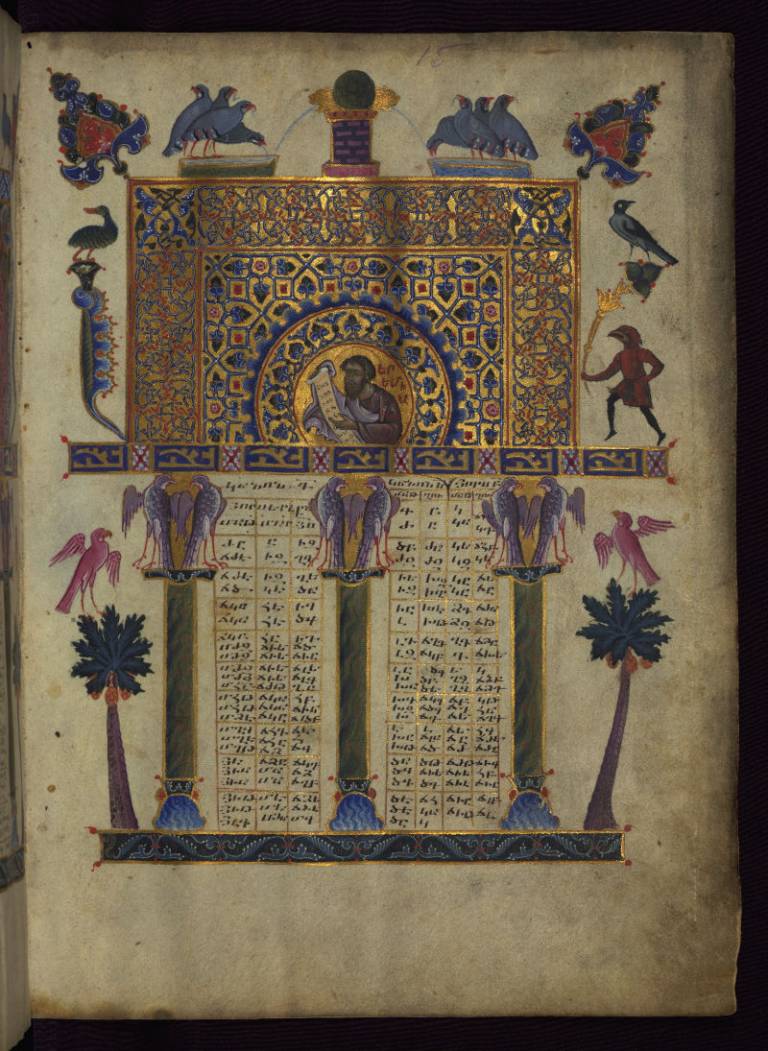
Fig. 6. Canon Tables IV and V with portrait of Jeremiah, Illuminated page in T’oros Roslin Gospels, c.1262, Baltimore, The Walters Art Museum, Walters MS. W.539, fol. 6r (Photo: Walters Art Museum)
The regular and symmetrical forms of the columns of the canon tables of the T’oros Roslin Gospels bring to mind surviving examples of Armenian architecture from the Middle Ages, such as Zvartnots Cathedral (Fig. 7). Readers who turned the opening pages of the T’oros Roslin Gospels would have recalled the experience of walking past the columns of a church and prepared themselves to contemplate the content of the manuscript. Moreover, as Elsner observes, such architectural forms in manuscript have the power to monumentalise its pages (2020: 108), indicating the eternal value of the materials and content inscribed within and beyond them.

Fig.7. Ruins of Zvartnots Cathedral, Armenia, c. 643–652 CE (Photo: Scott McDonough)
The canon tables of the T’oros Roslin Gospels also bring the viewer’s senses into play: birds of different varieties elicit sound memories, while the colourful plants and flowers stimulate the sense of smell. Readers of this manuscripts would have thus been presented with a multisensory encounter as they tactually moving across their architectural space, hearing birdsongs and smelling sweet fragrances. In stimulating bodily participation, the canon tables offer a multidimensional, transportive and highly engaging experience that evokes the liturgy within the church space, so that the manuscript in which they are found mirrors the context within which they are displayed.
The Eusebian canon tables within T’oros Roslin Gospels are a testament to the ways in which manuscript decoration and organisation can be interpreted beyond mere aesthetic purposes. As shown by this article, this reading aid must have had a profound impact on the viewers by evoking sensual participation that mimicked the physical experience of Armenian liturgical practice.
References
Crawford, Matthew R. The Eusebian Canon Tables: Ordering Textual Knowledge in Late Antiquity. Oxford: Oxford University Press, 2019.
Der Nersessian, Sirapie, Amy Landau, and Theo M. van Lint. ‘Walters Ms. W.539, T’oros Roslin Gospels’. The Digital Walters, n.d.. Accessed 10 December 2021. https://www.thedigitalwalters.org/Data/WaltersManuscripts/html/W539/desc....
Elsner, Jaś. ‘Beyond Eusebius: Prefatory Images and the Early Book’. In Canones: The Art of Harmony: The Canon Tables of the Four Gospels, edited by Alessandro Bausi, Bruno Reudenbach, and Hanna Wimmer, 99–132. Studies in Manuscript Cultures 18. Berlin: De Gruyter, 2020.
Mathews, Thomas F., and Alice Taylor. The Armenian Gospels of Gladzor: The Life of Christ Illuminated. Los Angeles, CA: J. Paul Getty Museum, 2001.O’Loughlin, Thomas. ‘Harmonizing the Truth: Eusebius and the Problem of the Four Gospels’. Traditio 65 (2010): 1–29.
Bio
Farah Saidin is a UCL HoA alumna. She completed her BA in 2021 and is now studying for an MA in Art History.
Acknowledgements: thanks are due to Prof. Theo Maarten van Lint (University of Oxford).
 Close
Close

